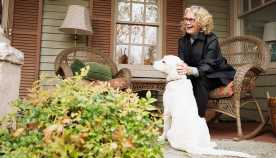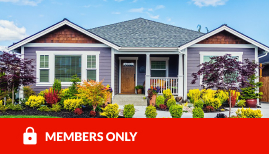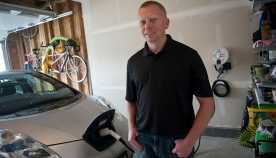AARP Eye Center
Search
In 1999, the U.S. Supreme Court ruled in Olmstead v. L.C. that unjustified institutionalization and segregation of people with disabilities violates the Americans with Disabilities Act.
Most people want control over the long-term services and supports (LTSS) they receive regardless of their age or ability.
Medicaid is the single largest public funding source for long-term services and supports (LTSS). It is a combined federal-state program. Some Medicaid services are federally mandated.
Federal law and regulations specify the general eligibility and coverage requirements for mandatory and optional Medicaid long-term services and supports (LTSS).
Many chronic illnesses and other health conditions—such as heart disease, cancer, multiple sclerosis, arthritis, diabetes, and emphysema—can result in functional limitations.
Many states are enrolling Medicaid participants in capitated, risk-based managed care plans designed to coordinate all their care, including long-term services and supports (LTSS) if needed.
Government and providers of long-term services and supports (LTSS) use various approaches to promote service quality and protect consumer rights.
Nursing facilities provide long-term services and supports (LTSS), as well as short-term rehabilitation and postacute care following hospitalizations to people of all ages.
The federal Supplemental Security Income (SSI) program provides monthly cash benefits to people age 65 or older with very low income and assets, individuals who are blind, or people with disabiliti
The high cost of long-term services and supports (LTSS) causes many older adults to fear impoverishment, becoming a burden to their families, or both.























































